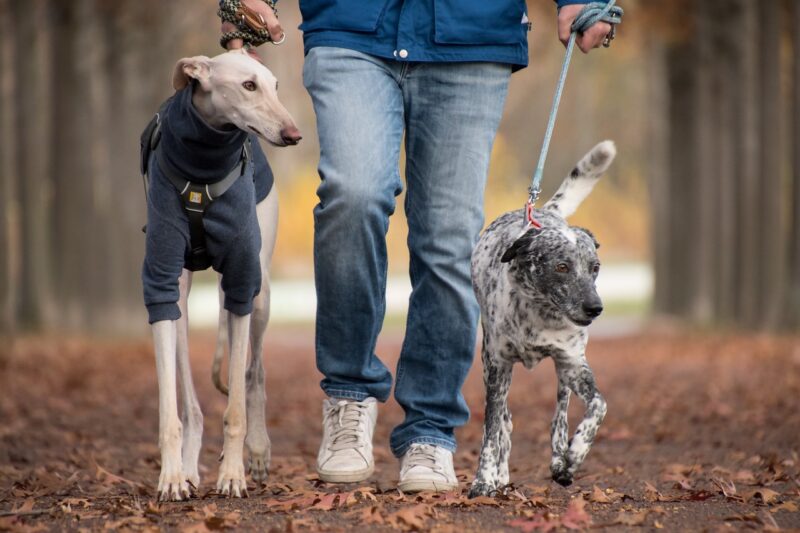
Throughout history, the relationship between humans and animals has undergone profound transformations. From utilitarian beginnings, where animals served vital roles in our survival, to the contemporary view of pets as cherished companions, the evolution of how we perceive and interact with animals is a fascinating journey. This article explores the various stages of this evolution, highlighting the significant changes in the role of pets in our lives.
1. The Dawn of Domestication
The story of pets begins around 15,000 years ago when humans began to domesticate animals. The first noted animals to be domesticated were wolves, from which modern dogs descend. Ancient hunter-gatherers likely started feeding and caring for stray wolves, forming a mutually beneficial relationship. The wolves helped with hunting and protection, while humans provided food and shelter.
As agriculture emerged about 10,000 years ago, humans began to see the potential of other animals, like cats, as valuable companions. Cats were attracted to the rodent populations in grain stores, thus becoming natural pest controllers. This period marked the shift from seeing animals solely as tools for work to beings that could also coexist peacefully with humans.
2. Pets in Ancient Civilizations
In ancient Egypt, cats were held in high regard for their ability to protect crops from vermin. The Egyptians even worshipped cats, associating them with the goddess Bastet, symbolizing home, fertility, and domesticity. Killing a cat, even accidentally, was punishable by death.
Dogs also gained prominence in various ancient cultures. The Romans utilized dogs for hunting, guarding, and as affectionate companions. While some pets served practical purposes, others became status symbols, indicating wealth and social standing. The Romans kept small lap dogs, often adorned with jewelry, to showcase their affluence.
3. The Middle Ages and the Renaissance: A Shift in Perception
During the Middle Ages in Europe, the perception of pets took a darker turn, particularly with dogs. They were often associated with the lower classes and were primarily used for herding and guarding livestock. However, as society transitioned into the Renaissance period, pets began to regain their status in households, particularly among the nobility. The Renaissance ignited an appreciation for nature and beauty, which extended to animals. Portraits of well-groomed pets alongside their owners became popular, solidifying the pet’s place in society as a companion rather than merely a utility.
4. The 18th and 19th Centuries: Pets as Family
The 18th century saw an explosion in pet ownership, particularly in European and American households. The concept of the home began to evolve into a sanctuary where pets were viewed as family members. This period birthed specialized breeds, particularly among dogs. The Victorian Era further solidified this trend, as pets began to influence social dynamics and etiquette. Pet shows emerged as a popular form of entertainment, showcasing the varying breeds and their traits.
Cats became increasingly beloved as indoor pets during this time, leading to the establishment of specific breeds designed for companionship. The presence of pets in art and literature reflected their growing importance in family dynamics, portraying them as loyal companions and friends.
5. The Modern Era: Pets in Contemporary Society
Today, the perception of pets has evolved into one of deep emotional bonding. Pets are often viewed as valued family members, providing companionship, emotional support, and even therapeutic benefits. The human-animal bond has been extensively studied, with research indicating numerous mental and physical health benefits associated with pet ownership, such as reduced stress and increased feelings of happiness and fulfillment.
In recent years, the pet industry has exploded, with tailored products ranging from luxury pet beds to pet insurance. The advent of social media has helped pet owners share their experiences, creating a global community around pet ownership and further emphasizing the role of pets in our lives.
Technology has even enhanced our connections with pets, with applications designed to track behavior, health, and activity, showing the profound impact of companionship in the modern era. Moreover, the popularity of adopting pets through shelters highlights a societal change towards valuing life and companionship over utility.
6. Conclusion: The Future of Pets
The journey of pets from practical working animals to cherished family members illustrates our evolving values and the importance of emotional connections. As society continues to progress, we may see pets further integrated into our daily lives, possibly taking on roles as emotional support animals and therapy companions within clinical settings.
The unique bond we share with pets is a testament to our capacity for empathy and compassion. As we look to the future, it will be essential to ensure the humane treatment of all animals, acknowledging their needs and fostering healthier relationships that prioritize their well-being alongside our affection.
In summary, the evolution of pets reflects broader changes in human attitudes towards animals, showcasing the shift from practical utility to deep-rooted companionship. By understanding this history, we can enrich our relationships with the pets we love, considering them not just as companions but as integral members of our families.







